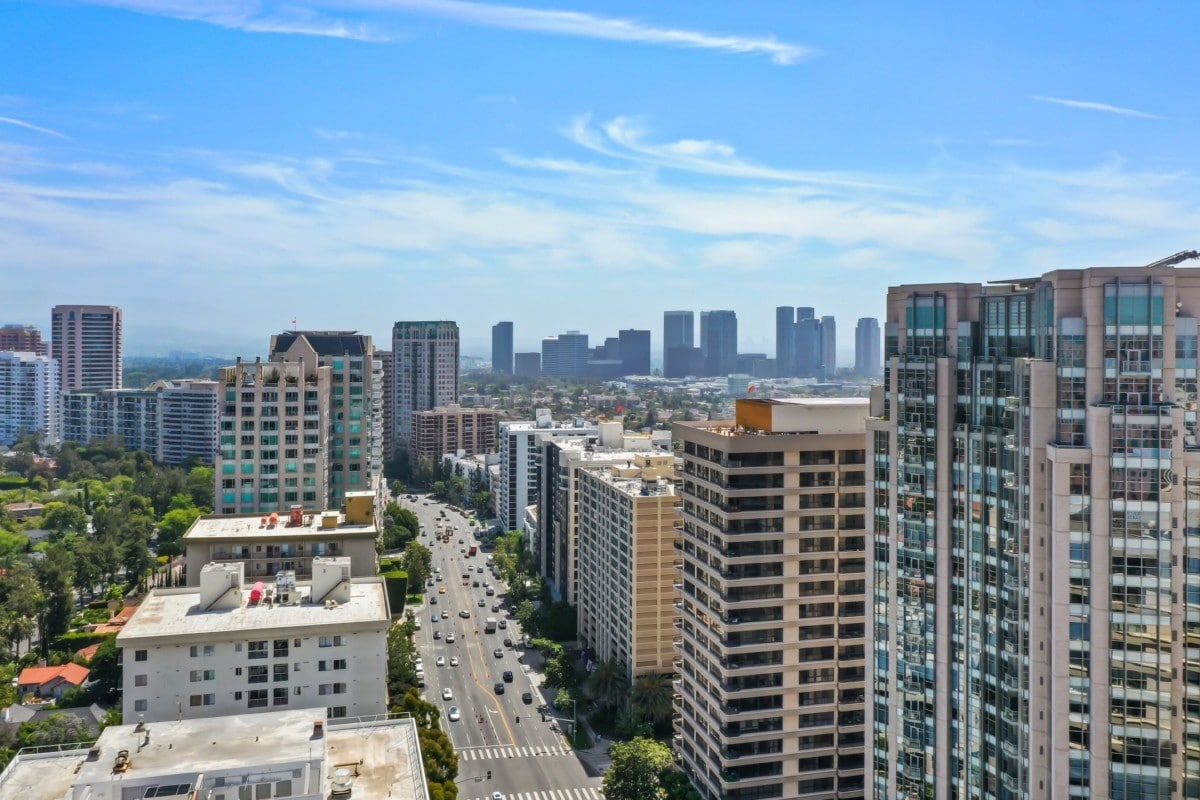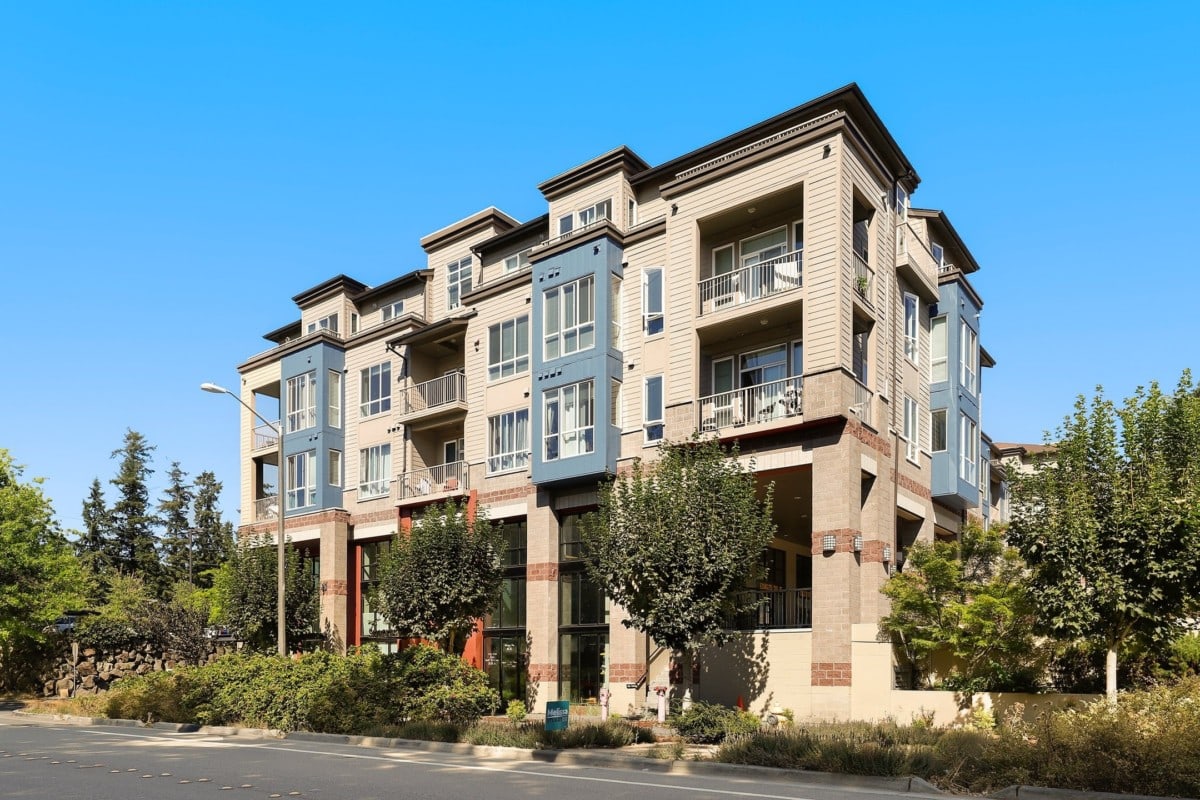How to Renew Your Lease: 6 Steps for Renewing an Apartment Lease
Finding the right apartment to call home can be a long process, especially if you’re a first-time renter. And many things could go awry during your first year leasing the place. From loud neighbors and street noise to a bad landlord or simply not having enough space, there can be many reasons why you may need to look for a new place before your lease expires. But there’s always a chance you live in a great place and the positives outweigh any small negatives.
If you’ve decided to renew your apartment lease, there are a few steps to follow before you settle in for another year in your rental apartment. Here are 6 steps to take when renewing your lease.

1) Decide if renewing your apartment lease is the right option
Before you decide if renewing your lease is the right option, it’s important to know when your lease ends. In many states and cities, you’ll need to inform your landlord about your notice to vacate anywhere from 30-60 days before your lease agreement ends.
Some apartments may require you to tell your landlord or property manager that you would like to renew your lease. This gives your landlord time to think over whether they’d like you to continue leasing, if they need to increase the rental price or if other factors may come into play.
However, some apartment complexes or property managers may present you with a lease renewal offer automatically, because you’re a good tenant or the rental market is slow. For example, if you’re renting in Seattle, WA, you may receive your lease renewal offer up to 6 months before your current lease ends. This is because your landlord has to notify you 180 days before your lease ends if they are increasing your housing costs or monthly rent price.
It’s important to know the city and state regulations surrounding lease renewals and rent increases so you can protect your renter’s rights.
2) Read through the lease renewal letter
After you’ve received your lease renewal letter, you should read through it and look for any changes or additional fees to the lease terms. Typically the lease offer will include a breakdown of costs and your lease options. This can include the rent prices for a year-long lease, month-to-month lease, or other long-term lease options. You will also likely see the new start date for your lease and additional fees like parking or pet rent.
When you renew a lease, you won’t have to pay a security deposit or an additional application fee. However, if you’re moving into another unit in the building you may have to pay additional fees.
Your lease renewal will also likely tell you how long you have to let the property manager know if you’re moving out. It may also list if the lease will automatically renew if you don’t pick a lease option.
This is also a good time to start thinking about if you want to negotiate or change the terms of your lease. Do you currently live with a roommate who is moving out? Did you buy a car and now want to pay for a parking spot? Are you thinking about getting a pet and need to add them to the lease? Did your rent increase? And does the new price fit into your rental budget?

3) Negotiate with your landlord or property manager
Depending on whether there are things you’d like to negotiate before signing your new agreement, now is the time to speak with your landlord or property manager. If you’ve been a quality tenant, paid on time, and have a great relationship with your landlord, you may have good leverage to negotiate your rent.
However, it’s important to keep in mind the time of year and the state of the rental market. Rents tend to be higher in the summer when there’s more demand and it’s easier to find a new tenant. Rent prices tend to be lower in the winter when demand slows and a new tenant is harder to find. However, the rental market changes constantly so it’s always important to keep an eye on what’s currently going on before beginning the negotiation process.
Look at comparable units and apartment buildings
One way to start is to check out comparable apartments to see what rent is currently going for. For example, if you find several apartments nearby that are similar square footage, have similar amenities and are renting for less than your current lease, you may be in a good position to negotiate lower rent payments.
However, if the comparable apartments are going for the same price, or even higher, it may not be in your best interest to negotiate. You could risk offending your landlord or property manager, or worse, have your lease renewal rescinded.
Another option to consider is negotiating for an amenity. For example, if there’s an apartment nearby that has the same rent price, but includes a parking spot, you could try to negotiate a parking spot in your new lease.
If you and your property manager agree to the new agreement, make sure there it’s written in the lease agreement. While it’s great to verbally agree to a new contract, having it in writing in your lease renewal is best. That way, you know your new lease terms are set in stone.
What is a rental concession?
If you’re successful in negotiating your rent price, it’s likely you’ll see the reduction listed as a “rental concession.” For example, if you negotiated your rent down from $1,800 a month to $1,750, you’ll see a rental concession of $50 listed on your lease renewal. In some cases, when the rental market is slower or your landlord is having trouble finding new tenants for other units, your lease renewal letter may list a rental concession. Many landlords use this in hopes of keeping a great tenant in the building rather than risking finding a new tenant in a slow market.
4) Make the decision to renew your lease
If your new lease terms work with your needs, you can afford any rent increases, and you’re happy living in the same apartment, then renewing your lease may be the right option. You’ll need to consider how long you want the lease term to be. Some lease renewals will offer different lengths of time for a lease.
While the standard is a 12- or 13-month lease, some apartments may offer you the option to choose from 2 months up to 13 months. They may even offer an option for a month-to-month lease. However, sometimes month to month lease renewals are the priciest option. Unless you’re planning on moving to a new city or looking for a new job in another state soon, a long-term lease may give you the best rent price.

5) Review the lease renewal agreement
After you’ve accepted the lease renewal and agreed to the terms of your new lease (month-to-month lease or long-term lease), your landlord or property manager will generate a new lease agreement for you to read through and sign. You’ll want to do the same due diligence that you would when you looked over your last lease.
Keep an eye out for any red flags like empty spaces where someone could write in additional terms, incorrect information, surprise costs, etc. If you were successful in negotiating rent, you should find a rental concession listed on your new lease. If you negotiated a parking spot or another amenity as part of your new lease, make sure this is listed.
6) Sign the new lease agreement
Once you’ve made sure the lease renewal agreement is complete and free of errors, you’re ready to sign the paperwork. Depending on your property manager or landlord, this may be a physical document or electronic paperwork that is signed through a resident portal. After you sign and submit your lease renewal, it’s all finished. Now you’re ready to spend another year in your apartment.
The post How to Renew Your Lease: 6 Steps for Renewing an Apartment Lease appeared first on Redfin | Real Estate Tips for Home Buying, Selling & More.
